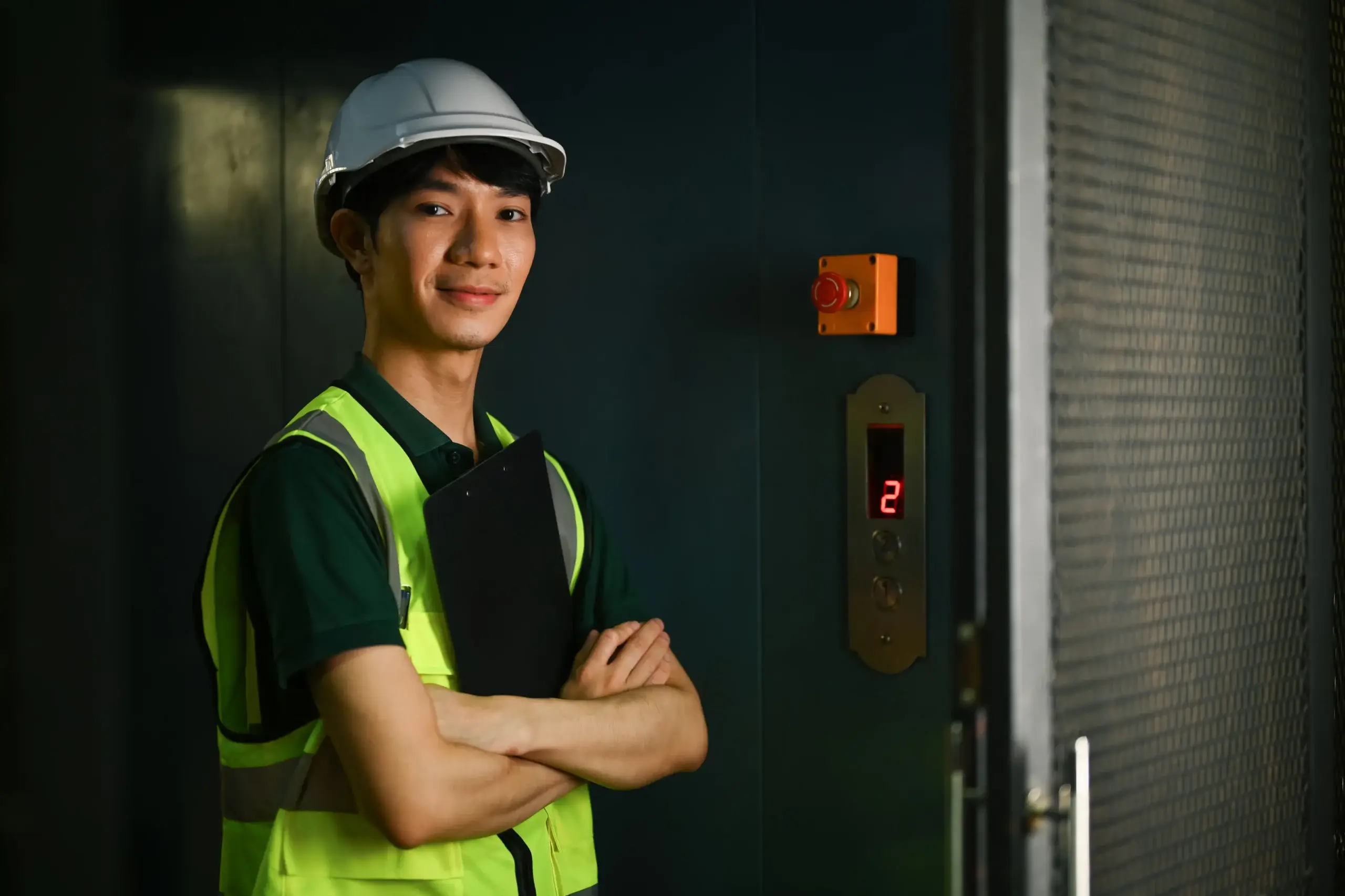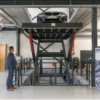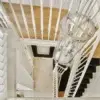Elevator maintenance is a critical aspect of building management, ensuring the safety, efficiency, and longevity of these essential systems. In Dubai, where skyscrapers and high-rise buildings dominate the skyline, understanding the cost of elevator maintenance is crucial for property owners and managers. This article provides a detailed breakdown of elevator maintenance costs, helping you budget effectively and avoid unexpected expenses.
Factors Influencing Elevator Maintenance Costs
Several factors impact the cost of elevator maintenance. These include the type of elevator, the age of the system, usage frequency, and the complexity of the building’s design. Here’s a closer look at each factor:
- Type of Elevator:
- Hydraulic Elevators: Generally, these have lower maintenance costs due to their simpler mechanisms.
- Traction Elevators: More complex and often found in taller buildings, these elevators typically have higher maintenance costs.
- Machine Room-Less (MRL) Elevators: These modern elevators can have varying maintenance costs depending on their design and technology.
- Age of the Elevator:
- Older elevators may require more frequent maintenance and part replacements, increasing overall costs.
- Newer systems, especially those with advanced technology, may initially have lower maintenance needs but could require specialized services.
- Usage Frequency:
- High-traffic elevators, such as those in commercial buildings, experience more wear and tear, leading to higher maintenance costs.
- Residential elevators or those in low-traffic areas may incur lower costs.
- Building Design Complexity:
- Buildings with complex designs or multiple elevator banks might see increased maintenance costs due to the complexity of servicing and coordinating multiple systems.
Components of Elevator Maintenance Costs
Elevator maintenance costs can be broken down into several key components:
- Routine Inspections:
- Monthly or Quarterly Checks: Regular inspections are essential to ensure the elevator’s safety and functionality. These checks can identify minor issues before they escalate into major problems.
- Annual Inspections: Comprehensive annual inspections are usually more detailed, covering all aspects of the elevator system.
- Parts Replacement and Repairs:
- Common Parts: Replacement of common parts such as cables, door operators, and control panels can add to maintenance costs.
- Major Repairs: Significant repairs, such as motor replacements or hydraulic system overhauls, can be costly and may be necessary for older systems.
- Labor Costs:
- Technician Fees: The cost of hiring certified elevator technicians for routine maintenance, repairs, and emergency services.
- Emergency Services: Additional costs may apply for after-hours or emergency services, which are crucial for maintaining elevator uptime and safety.
- Technology Upgrades:
- Software Updates: Modern elevators with digital controls may require periodic software updates to ensure optimal performance.
- System Upgrades: Upgrading outdated components with newer, more efficient technology can also contribute to maintenance expenses.
- Regulatory Compliance:
- Safety Certifications: Regular safety certifications are mandatory and can incur additional costs.
- Code Compliance: Ensuring the elevator system complies with the latest building codes and safety regulations may involve inspections and modifications.








